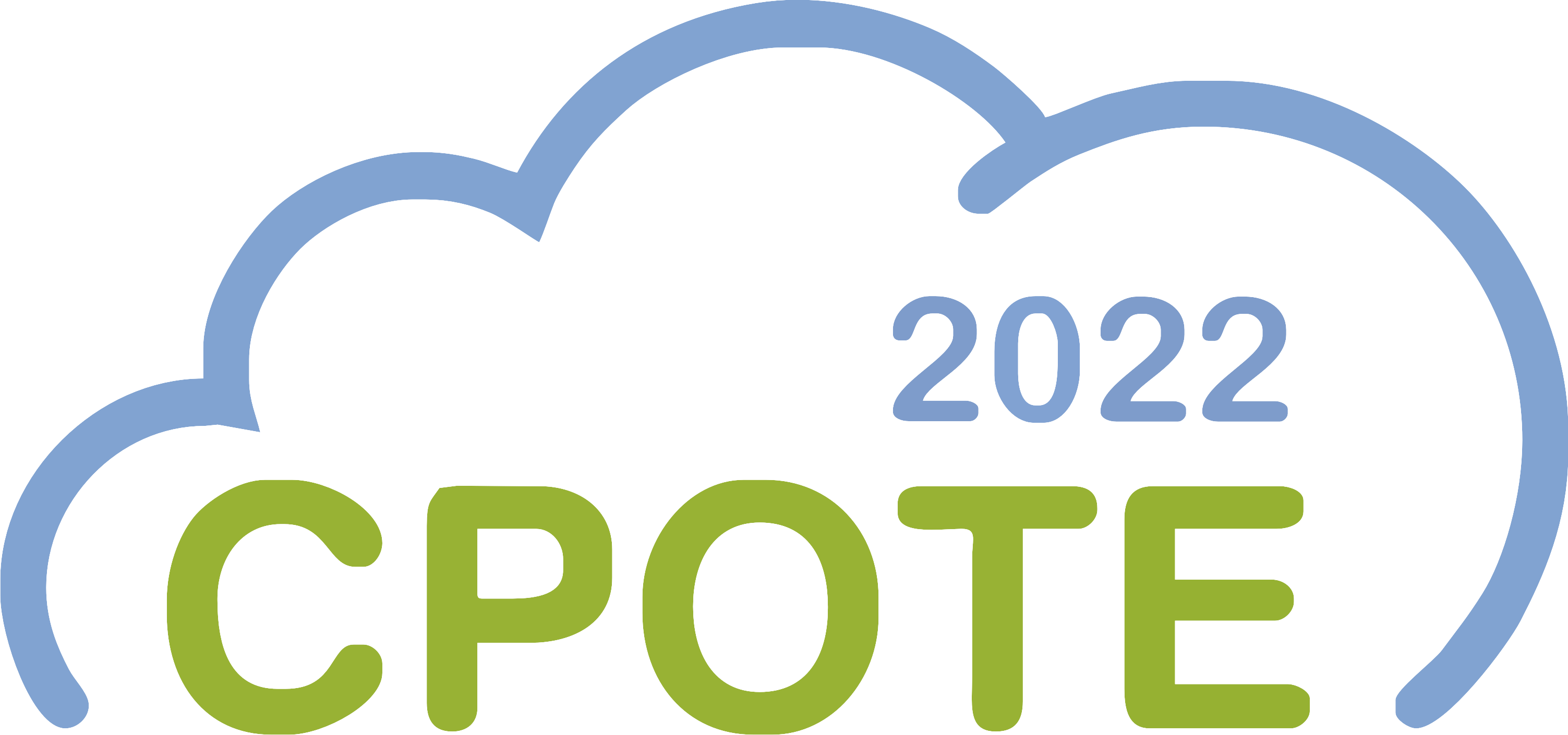
CPOTE2022
7th International Conference on
Contemporary Problems of Thermal Engineering
Hybrid event, Warsaw | 20-23 September 2022
7th International Conference on
Contemporary Problems of Thermal Engineering
Hybrid event, Warsaw | 20-23 September 2022
Abstract CPOTE2022-1076-A
Book of abstracts draft












Pyrolysis of hydrochars obtained from blackcurrant pomace in single and binary solvent systems
Mariusz WĄDRZYK, AGH University of Science and Technology, PolandŁukasz KORZENIOWSKI, AGH University of Science and Technology, Poland
Marek PLATA, AGH University of Science and Technology, Poland
Rafał JANUS, AGH University of Science and Technology, Poland
Marek LEWANDOWSKI, AGH University of Science and Technology, Poland
Aneta MAGDZIARZ, AGH University of Science and Technology, Poland
Currently, great effort is being devoted to the development of new technologies for the production of high-energy alternative fuels originating from biomass. It is particularly important because of the diversification of energy sources brings obvious benefits to energy security and to the evolution of local areas. Most of the raw materials generated by the agricultural and food production sectors that can be used for the production of alternative fuels are characterized by a huge moisture content that disallows the possibility of direct conversion via conventional thermochemical routes (torrefaction, pyrolysis, and gasification). Herein, the feasibility of the two-stage conversion of blackcurrant pomace as a real industrial waste with a special focus on solid hydrochar valorization was studied. Firstly, the pomace was processed in a batch autoclave to produce value-added bioproducts at low and moderate processing temperatures (namely, 225 and 275 °C, respectively). In the present contribution, the effect of the application of a single solvent (i.e. water) versus a binary solvent system (water mixed with isopropanol) was investigated. More specifically, the focus was put on the change in the yield distribution of the products and, in particular, the composition and properties of the resultant products. The characteristic of the final solid products was done among others by means of ultimate and proximate analyses, as well as mid-infrared spectroscopy. In the subsequent step, the possibility of the upgrading of resultant hydrochar via fast pyrolysis by using microscale techniques coupled pyrolysis-gas chromatography-mass spectrometry and thermogravimetric analysis was also done. Hydrochars were pyrolyzed in a sequence stepwise at 300, 400, 500, and 600 °C with rapid heating and short residence time. The studies proved that the proposed approach allowed to obtain alternative products exhibiting high energy density that could be useful for power and heat generation. Furthermore, through two-stage processing, it is possible to obtain value-added chemicals, such as hydrocarbons, with the potential to serve as advanced biocomponents or reagents for the chemical industry.
Keywords: Hydrothermal liquefaction, Industrial waste valorisation, Fruit pomace, Hydrochar, Pyrolysis
Acknowledgment: The research was funded under the support of the National Center for Research and Development in Poland within the grant number LIDER/58/0241/L-11/19/NCBR/2020.